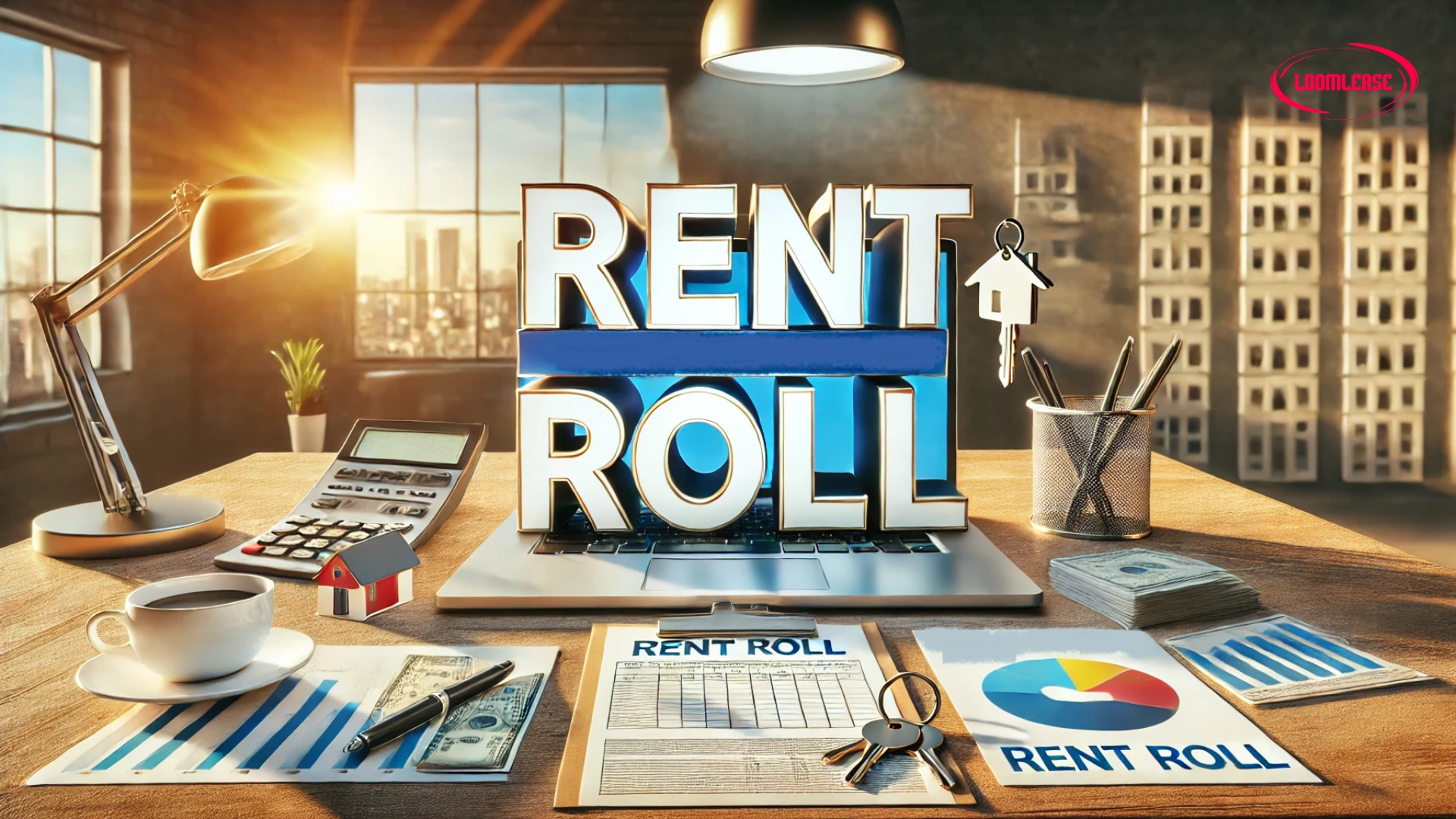Are you tracking your rental income efficiently? Whether you own a single rental property or manage a portfolio, a rent roll is one of the most essential tools for staying financially organized. It provides a clear overview of your rental income, tenant details, and lease terms in a single document.
Today, we’ll learn what a rent roll is, why it’s important, and how landlords can create one to track rental income with ease. Plus, we’re offering a free rent roll template to help you get started!
Table of Contents
What Is a Rent Roll?
A rent roll is an important financial document that gives a complete overview of all income-generating rental units within a property or portfolio. It provides a snapshot of rental income and tenant details, giving landlords, investors, and lenders a clear picture of the property’s performance.
What Details Are In A Rent Roll?
The details included in a rent roll can vary based on the property type, but it usually contains the following important information:
- Property Address – The location of each rental unit.
- Tenant Name(s) – The individuals or businesses leasing the unit.
- Lease Start & End Date – The duration of the rental agreement.
- Monthly Rent Amount – The rent charged per unit.
- Security Deposit Paid – The initial deposit collected from the tenant.
- Rent Due Date – When rent is expected each month.
- Payment Status – Indicates whether rent is paid, overdue, or pending.
A rent roll summarizes rental income in an easy-to-read format that is useful for landlords, investors, and lenders.
Why Is a Rent Roll Important for Landlords & Investors?
A rent roll is more than just a spreadsheet, it’s a financial snapshot of your rental business. Here’s why it’s valuable:
1. Provides a Clear Financial Overview
A rent roll allows landlords to monitor cash flow and ensure tenants are paying on time. It highlights patterns in late payments and vacancies, making it easier to forecast revenue.
2. Helps With Property Valuation
For real estate investors, a rent roll demonstrates the earning potential of a property. Lenders and buyers use rent rolls to determine whether a property is a good investment.
3. Aids in Tenant Management
Keeping track of lease terms, rent due dates, and tenant payments prevents missed renewals and late fees. A well-maintained rent roll keeps everything organized.
4. Simplifies Tax Preparation
At tax time, a rent roll makes it easy to report rental income, track deductions, and provide documentation to accountants or tax professionals. According to the IRS, properly managing rental income and understanding allowable deductions is crucial for maximizing your tax benefits.
How to Create a Rent Roll (Step-by-Step Guide)
Step 1: Choose Your Rent Roll Format
You can create one using:
- Excel or Google Sheets (Best for small landlords)
- Property Management Software (LoomLease, Buildium, etc.)
- Accounting Software (QuickBooks for financial tracking)
For a quick and easy start, download our rent roll template for FREE.
Step 2: Add Key Rental Details
Include columns for property address, tenant names, lease dates, monthly rent, payment status, and due dates.
Step 3: Track Rental Payments
Update the rent roll each month to ensure on-time payments and monitor overdue rent.
Step 4: Keep It Updated
Regular updates help landlords identify trends, track vacancies, and optimize rental income.
📥 Download Your FREE Rent Roll Template 📥
Rent Roll Example: What a Completed Rent Roll Looks Like
A typical rent roll includes a table format like this:
| Property Address | Tenant Name | Lease Dates | Rent Amount | Paid Status |
|---|---|---|---|---|
| 123 Main St, Apt 1 | John Doe | 01/01/2025 – 12/31/2025 | $1,500 | ✅ Paid |
| 456 Oak Dr, Unit B | Jane Smith | 02/01/2025 – 01/31/2026 | $1,700 | ❌ Overdue |
Best Tools for Managing Your Rent Roll
While spreadsheets are great for small landlords, property management software can automate tracking and reduce errors.
- LoomLease – All-in-one property management tool for independent landlords.
- Buildium – Software for rental accounting and tenant tracking.
- QuickBooks – Best for tax preparation and income tracking.
Learn more: The Role of Property Management Software in Modern Real Estate
Common Rent Roll Mistakes to Avoid
- Not keeping your rent roll updated – If you don’t update your rent roll regularly, you might miss rent payments or forget lease details, causing confusion and financial issues.
- Ignoring late payments – If you don’t track overdue rent, you could face cash flow problems and tenant disputes.
- Making mistakes in lease details – Entering the wrong lease dates or rent amounts can lead to misunderstandings and legal trouble.
- Losing track of security deposits – If you don’t record deposit amounts properly, you might struggle to refund the correct amount or handle deductions fairly.
Keep an accurate rent roll, stay organized and avoid these costly mistakes!
Why Every Landlord Needs a Rent Roll
A rent roll is a powerful tool for tracking rental income, managing tenants, and improving cash flow. But manually updating spreadsheets can be time-consuming and prone to errors.
With LoomLease, you can automate rent tracking, receive payment reminders, and keep all lease details organized in one place, eliminating the hassle of paperwork and outdated records. Stay in control of your rental properties with real-time insights and seamless management.
Simplify your rent tracking today and Start your FREE trial with LoomLease now!


